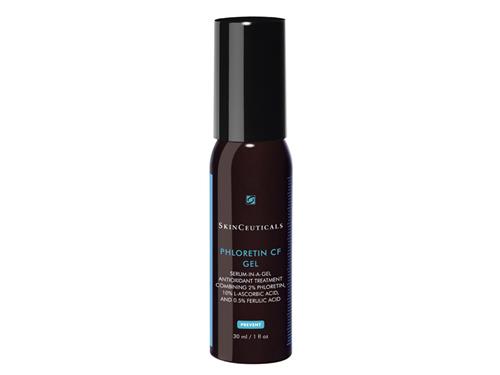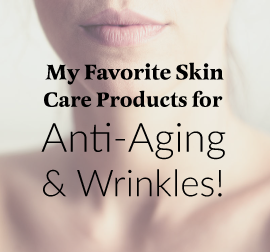Hi, I have very fair almost transparent skin and a few years ago developed rosacea. Almost the same time I developed the rosacea I began to see large blotchy brown pigmented ( flat) lesions on the sides of my face. Since I was very young I avoided the sun on my face because I am prone to freckles, so I am not sure if this pigmentation is actually sun damage or post inflammatory hyperpigmentation from the rosacea. I've had IPL and BBL with no measurable improvement. I am very self conscious and have to pile on the make up and still the brown blotches show through. I am 54 and until I developed this problem people always guessed me much younger. I wasn't on hormones or in the sun without a hat and sunblock. Recently a very respected dermatologist/cosmetic surgeon recommended a laser treatment ( ng yag, I think it was) to remove these spots. I am concerned that if this pigmentation is post inflammatory because of my rosacea that the spots may darken. But I would really like to be rid of them. The brown pigmentation is light brown and if I had an average skin tone wouldn't be so noticeable but set against my very pale pinkish skin is very noticeable . So I also wonder if that's the reason the IPL wasn't affective, I've read it doesn't work so well on lighter spots and that the cutera limelight laser works better on lighter spots. But then I read some real horror stories about the limelight, like fat loss and scarring. So my question is which would be most effective and less risky, the ng yag laser or the cutera limelight and do doctors differentiate between PIH and sun damage? Thanks
I’m glad you asked this because your situation really illustrates something that I think could benefit many readers. Your situation is quite complicated and I would never presume to be able to answer this without taking a very thorough history and doing a very thorough examination.
Here’s what I do know though. That when a situation is complicated, a small biopsy can sometimes make a world of difference. Without a biopsy, it’s just a guess as to what is causing this. Often (but not always) a tiny piece of tissue examined under a microscope can make the difference in an accurate diagnosis and much more effective treatment.
It’s natural to shy away from a biopsy on the face, but the way they are done now, a 3 or 4 mm tiny section (about the 1/4 inch or less), is taken and stitched with 1-2 tiny stitches. Often this tiny scar cannot be seen after it heals. Please see your board certified dermatologist, and ask whether or not a biopsy would be helpful and what the small scar could be expected to look like.
Dr. I













